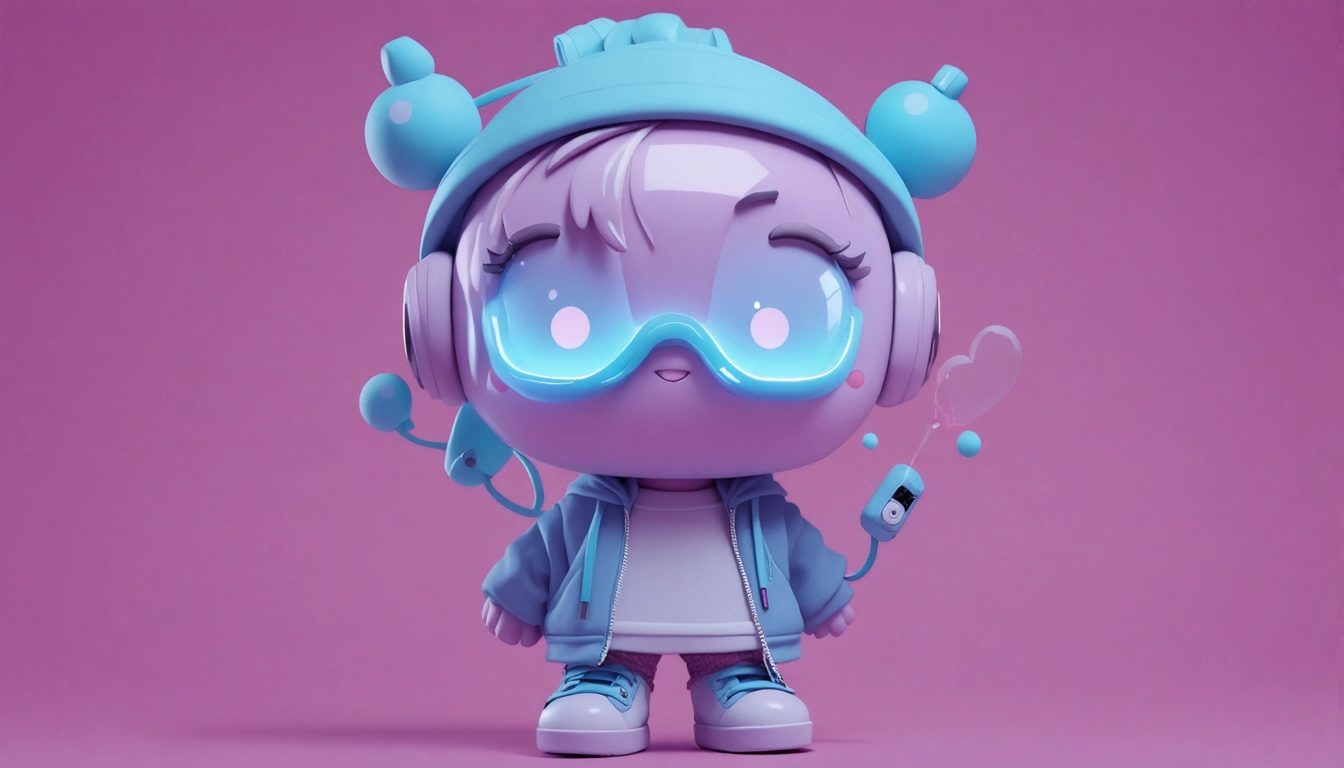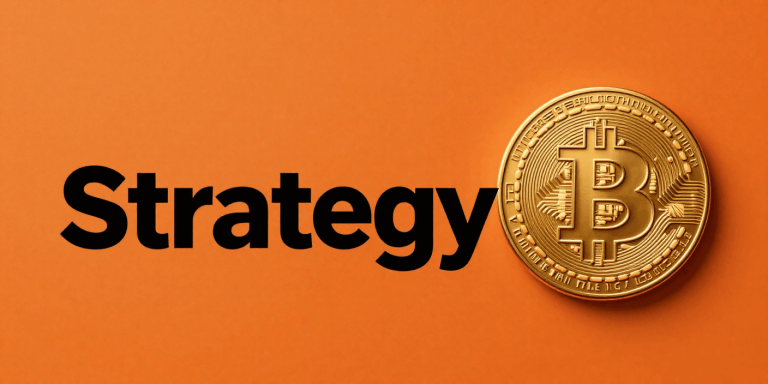
The Future of Wearable Tech: Innovations to Watch in 2025
The Future of Wearable Tech is an exciting space that has been rapidly evolving over the years. As we step into 2025, we can expect to see some groundbreaking innovations that will change the way we interact with technology. From smartwatches to fitness trackers, wearable tech has become an integral part of our daily lives.
Introduction to Wearable Tech

Wearable tech refers to electronic devices that are designed to be worn on the body. These devices can track various aspects of our health and fitness, such as heart rate, steps taken, and calories burned. They can also receive notifications, control music playback, and even make phone calls.
Current Trends in Wearable Tech

Currently, the wearable tech market is dominated by smartwatches and fitness trackers. These devices have become increasingly sophisticated, with features such as GPS tracking, heart rate monitoring, and mobile payment capabilities. We can also see a rise in the popularity of smart glasses, smart jewelry, and even smart clothing.
Upcoming Innovations in Wearable Tech

As we look to the future, there are several innovations that are expected to shape the wearable tech industry. Some of these include:
- Artificial Intelligence: AI-powered wearable devices will be able to analyze data and provide personalized recommendations for improvement.
- Augmented Reality: AR-enabled wearable devices will revolutionize the way we interact with information, making it more immersive and engaging.
- Biometric Sensors: Advances in biometric sensor technology will enable wearable devices to track a wider range of health metrics, such as blood pressure and blood glucose levels.
- 5G Connectivity: The rollout of 5G networks will enable faster data transfer and lower latency, making it possible for wearable devices to transmit data in real-time.
Applications of Wearable Tech

Wearable tech has a wide range of applications across various industries, including:
- Healthcare: Wearable devices can track patient data, enabling healthcare professionals to provide more effective care.
- Fitness: Wearable devices can track fitness metrics, providing users with personalized feedback and coaching.
- Gaming: Wearable devices can enhance the gaming experience, providing a more immersive and interactive experience.
- Enterprise: Wearable devices can increase productivity and efficiency in the workplace, enabling employees to stay connected and access information on-the-go.
Conclusion

In conclusion, the future of wearable tech is exciting and full of possibilities. As we continue to see advancements in technology, we can expect to see even more innovative applications of wearable devices. Whether it’s in healthcare, fitness, gaming, or enterprise, wearable tech has the potential to transform the way we live and work.





